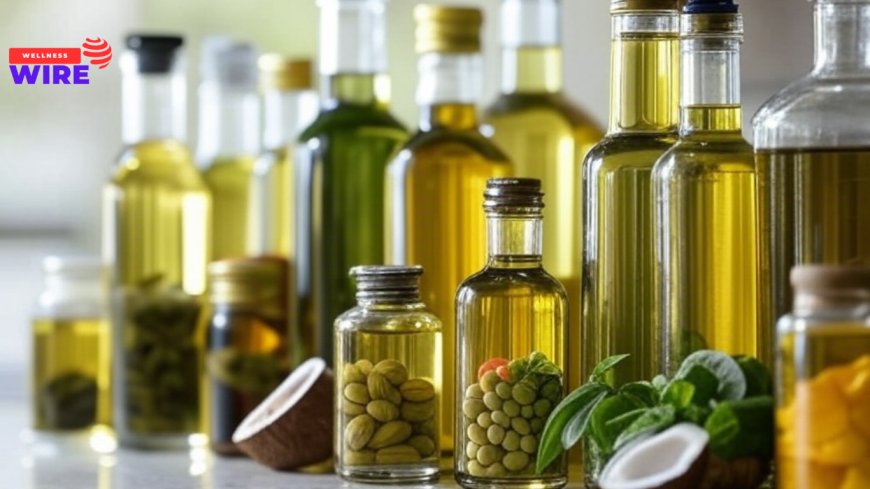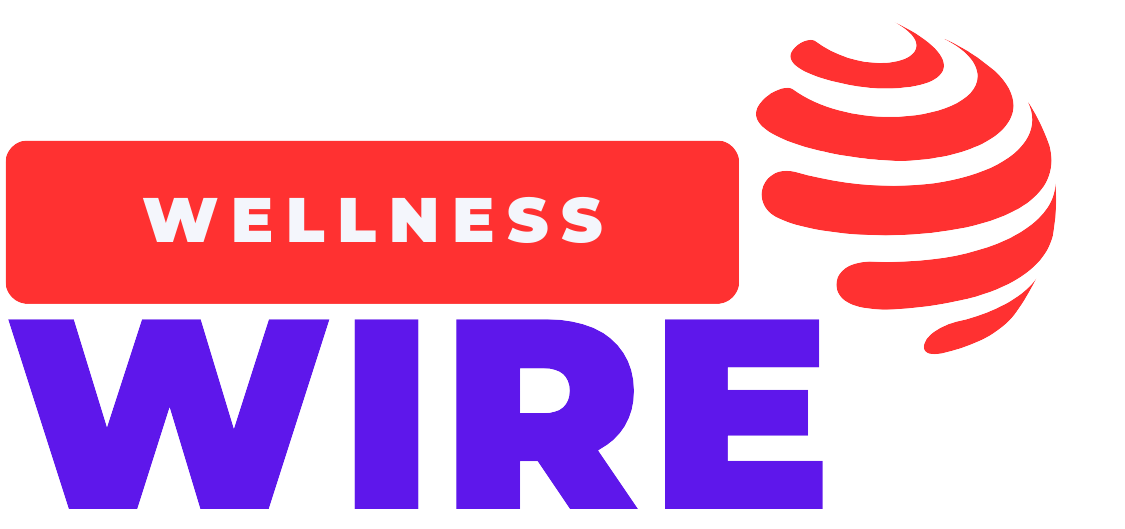The Best and Worst Cooking Oils: Are You Poisoning Your Body Without Knowing It?
Discover the best and worst cooking oils for your health. Are you unknowingly poisoning your body? Learn which oils to avoid and which to use for better health.

Introduction
Cooking oils are a staple in every kitchen, but not all oils are created equal. Some provide immense health benefits, while others may silently contribute to chronic diseases like heart disease, obesity, and inflammation. The type of oil you use can impact everything from cardiovascular health to brain function.
With misleading marketing and conflicting health advice, it’s easy to get confused. Are you unknowingly poisoning your body with harmful oils? Let’s dive deep into the best and worst cooking oils and what makes them good or bad for your health.
What Makes a Cooking Oil Healthy or Harmful?
When evaluating cooking oils, several key factors determine whether they’re beneficial or harmful:
- Smoke Point: This is the temperature at which an oil starts to break down and release toxic compounds.
- Fat Composition: Healthy oils contain monounsaturated and polyunsaturated fats, while harmful oils are often high in trans fats and oxidized compounds.
- Processing Methods: Cold-pressed and unrefined oils retain more nutrients, whereas refined oils often contain harmful additives.
- Omega-6 to Omega-3 Ratio: An imbalance in this ratio can trigger inflammation.
The Best Cooking Oils for Health
1. Extra Virgin Olive Oil (EVOO)
- Why it’s good: Packed with heart-healthy monounsaturated fats, EVOO reduces inflammation and lowers the risk of heart disease.
- Best uses: Ideal for salad dressings, low-heat cooking, and drizzling over food after cooking.
- Smoke point: ~375°F (190°C)
- Backlink: Health Benefits of Olive Oil
2. Avocado Oil
- Why it’s good: High in monounsaturated fats and vitamin E, avocado oil supports skin health and reduces oxidative stress.
- Best uses: Versatile for sautéing, roasting, and even deep frying.
- Smoke point: ~520°F (270°C)
- Backlink: Avocado Oil Nutrition and Benefits
3. Coconut Oil (In Moderation)
- Why it’s good: Contains medium-chain triglycerides (MCTs) that boost metabolism and provide quick energy.
- Caution: Though beneficial in moderation, coconut oil is high in saturated fats, so excessive use may impact cholesterol levels.
- Best uses: Ideal for baking, sautéing, and coffee (as a creamer substitute).
- Smoke point: ~350°F (177°C)
- Backlink: Is Coconut Oil Healthy?
4. Ghee (Clarified Butter)
- Why it’s good: Rich in butyrate, a short-chain fatty acid that promotes gut health and reduces inflammation.
- Best uses: Great for frying, sautéing, and traditional Indian cooking.
- Smoke point: ~485°F (252°C)
- Backlink: Benefits of Ghee
5. Flaxseed Oil (For Cold Use Only)
- Why it’s good: High in omega-3 fatty acids, essential for brain health and reducing inflammation.
- Best uses: Use in salad dressings or drizzle over food but avoid cooking due to its low smoke point.
- Smoke point: ~225°F (107°C)
- Backlink: Flaxseed Oil Benefits
The Worst Cooking Oils: Are You Consuming These Toxic Oils?
1. Vegetable Oil (Soybean, Corn, Canola, Sunflower, Safflower Oils)
- Why it’s bad: Highly processed and high in omega-6 fatty acids, which can trigger chronic inflammation.
- Worst uses: Avoid frying or deep frying with these oils.
- Smoke point: Varies (~400°F)
- Backlink: Dangers of Vegetable Oils
2. Hydrogenated Oils (Trans Fats)
- Why it’s bad: These oils raise LDL (bad) cholesterol and increase the risk of heart disease and stroke.
- Common sources: Found in margarine, fast food, and processed snacks.
- Smoke point: Varies (~320°F)
- Backlink: Why Trans Fats Are Dangerous
3. Palm Oil (Partially Hydrogenated Versions)
- Why it’s bad: Often highly processed and linked to inflammation and cardiovascular disease.
- Common sources: Processed foods like cookies, chips, and instant noodles.
- Smoke point: ~450°F
- Backlink: Palm Oil Health Risks
4. Rice Bran Oil
- Why it’s bad: Though often marketed as "healthy," rice bran oil can contain harmful free radicals due to its refining process.
- Smoke point: ~450°F
- Backlink: The Truth About Rice Bran Oil
5. Cottonseed Oil
- Why it’s bad: Often contaminated with pesticides and loaded with inflammatory omega-6 fats.
- Common sources: Used in processed snacks, fast food, and frying oils.
- Smoke point: ~420°F
- Backlink: Why Avoid Cottonseed Oil?
How to Choose the Right Cooking Oil for Your Needs
- For high-heat cooking: Choose avocado oil, ghee, or refined coconut oil.
- For medium-heat cooking: Opt for extra virgin olive oil or unrefined coconut oil.
- For salad dressings and drizzling: Use flaxseed oil, extra virgin olive oil, or walnut oil.
- For frying: Avocado oil or ghee is your best bet.
Final Thoughts: Small Changes for Big Health Benefits
The cooking oil you use daily plays a crucial role in your overall health. Swapping out unhealthy oils for nutrient-rich alternatives can significantly lower your risk of chronic diseases and improve overall well-being.
Avoid heavily processed vegetable oils and trans fats, and instead, opt for high-quality oils like extra virgin olive oil, avocado oil, and ghee. By making informed choices, you can protect your health while still enjoying delicious meals.
Want to learn more about optimizing your diet? Check out Harvard’s Healthy Eating Guide for science-backed nutrition tips!
What's Your Reaction?
 Like
0
Like
0
 Dislike
0
Dislike
0
 Love
0
Love
0
 Funny
0
Funny
0
 Angry
0
Angry
0
 Sad
0
Sad
0
 Wow
0
Wow
0



















































